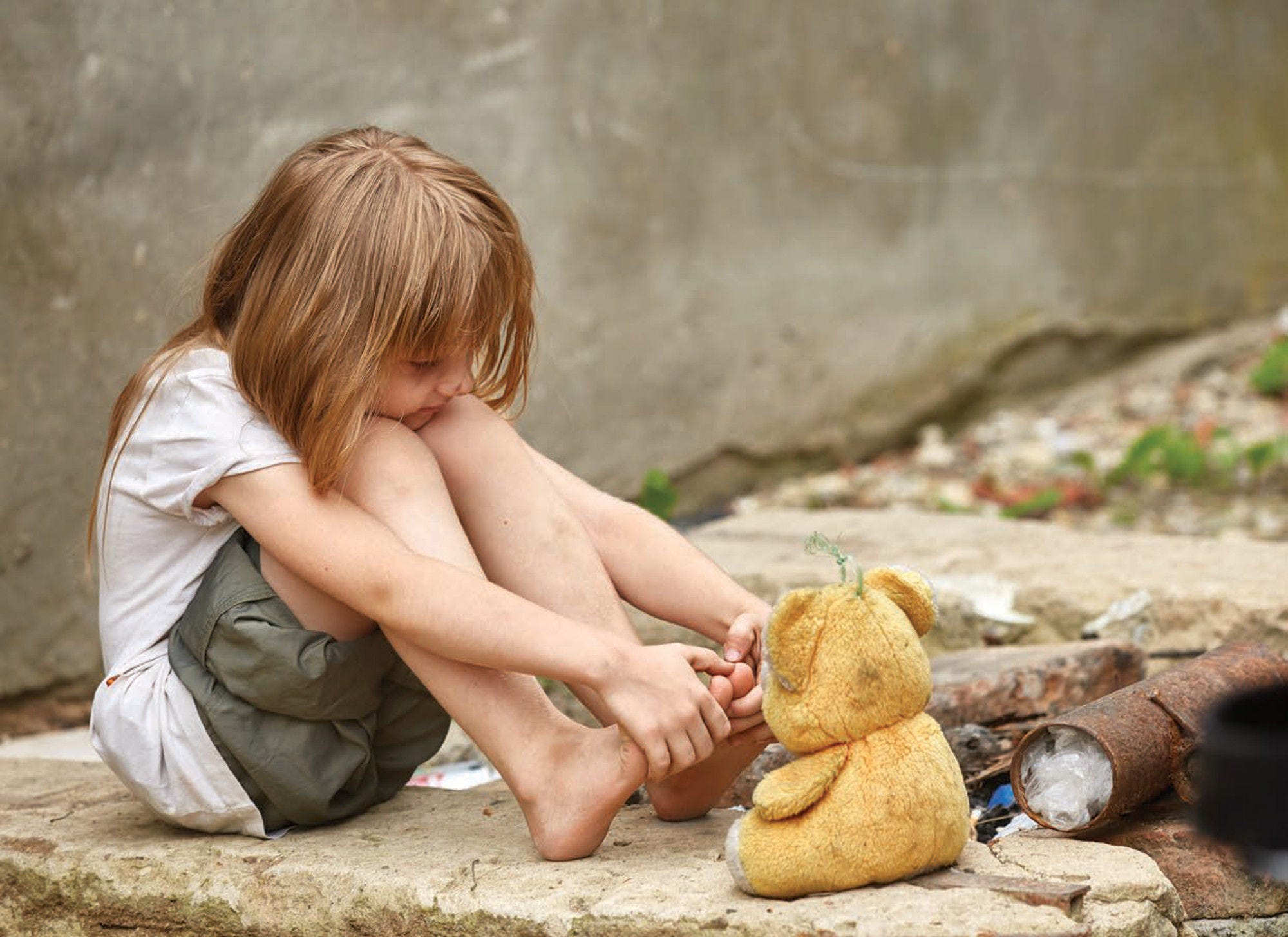The individual factors that contribute to child vulnerability include disability, mental health difficulties, maltreatment, coming from a family with an immigrant background and out-of-home care.
Environmental factors – family and community – shape child vulnerability. Family environment, such as material deprivation, parental health and education, as well as intimate partner violence (IPV), play a crucial role in child vulnerability. Community environment, such as schools and neighbourhoods, are also major factors.
Schools and early learning, for example, have a pronounced impact on child well-being. On average, just over a third of children under the age of three participate in early learning in OECD countries, with wide variations: for example 62% in Denmark to under 3% in Mexico. However, in many countries children from low-income households are significantly less likely to participate in early learning despite evidence of its benefits, particularly for vulnerable children. This may, in part, be down to affordability. However, estimates suggest that economic returns on investment in early learning, including higher income, better health and lower crime, are significant.
Risk factors for a child can include material deprivation, parents with low levels of education, parents with negative health behaviours, lack of supportive adults, limited access to leisure activities, high neighbourhood crime and high family stress.
Protective factors can include good access to pre-natal care, particularly for vulnerable expectant mothers, well supported families, good communication between parents and children, schools that identify and assist students in need of support and child-centred and accessible child protection systems.
Vulnerable children have complex needs that may require multiple interventions at several points in time. Building resilience is not a singular policy intervention. It is an across childhood and cross-cutting policy approach.
This report outlines six key policy areas which, when taken in a coordinated and coherent way, increase the chances of childhood well-being:
Policies to empower vulnerable families including opportunities for parents to gain parenting skills, knowledge and resources through home-visiting and parenting programmes.
Policies that boost children’s emotional and social skills by enhancing the roles of schools in emotional and social well-being and providing opportunities for vulnerable children to build relationships with supportive adults through mentoring and organised sport and cultural activities.
Policies that enhance child protection by making child protection services more child-centred and accessible and improving after-care services for young people leaving out-of-home care.
Policies that increase children’s educational success, including making ECEC high quality and accessible for vulnerable children and reducing inequity in education.
Policies that improve children’s health such as designing pre-natal care to meet the needs of vulnerable expectant mothers as well as ensuring access to adequate nutrition.
Policies that reduce children’s poverty and material deprivation including ensuring social benefits reach the poorest families and removing barriers for parents in taking up work.

